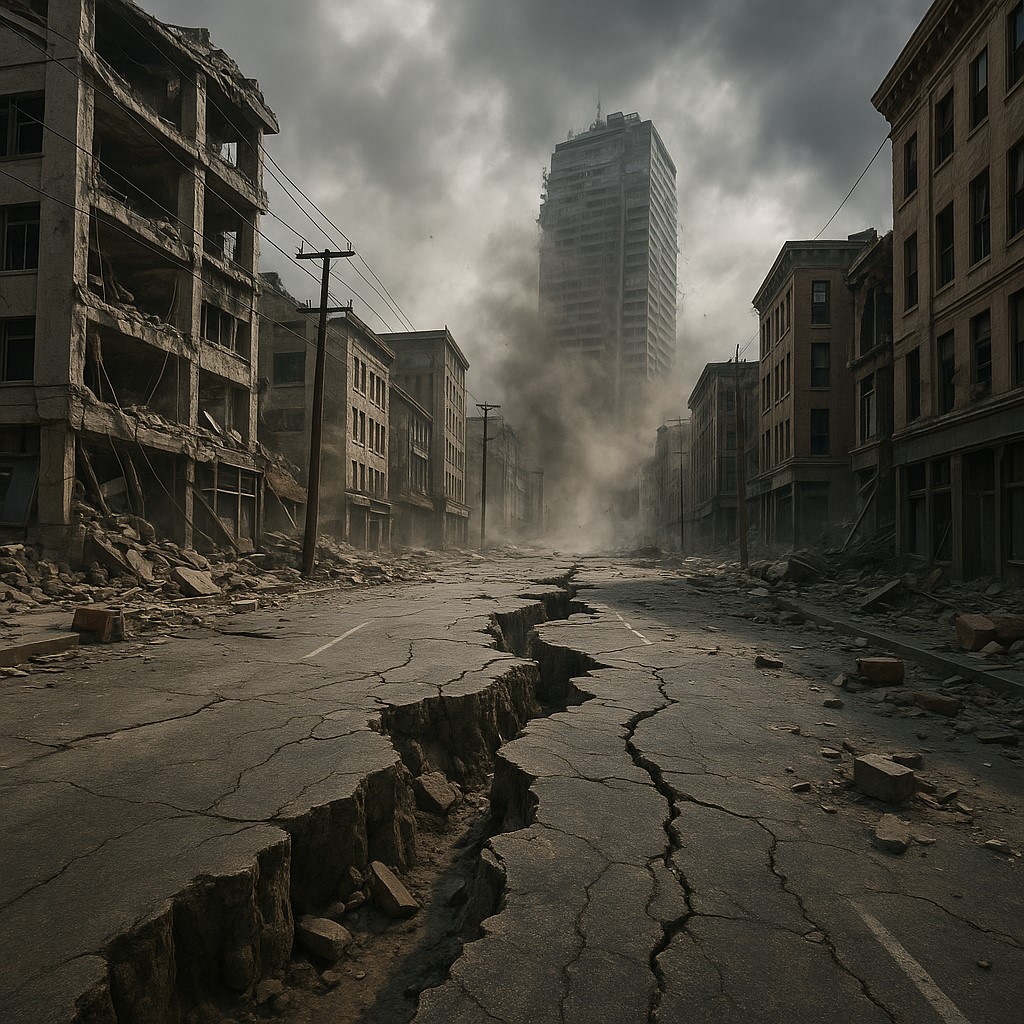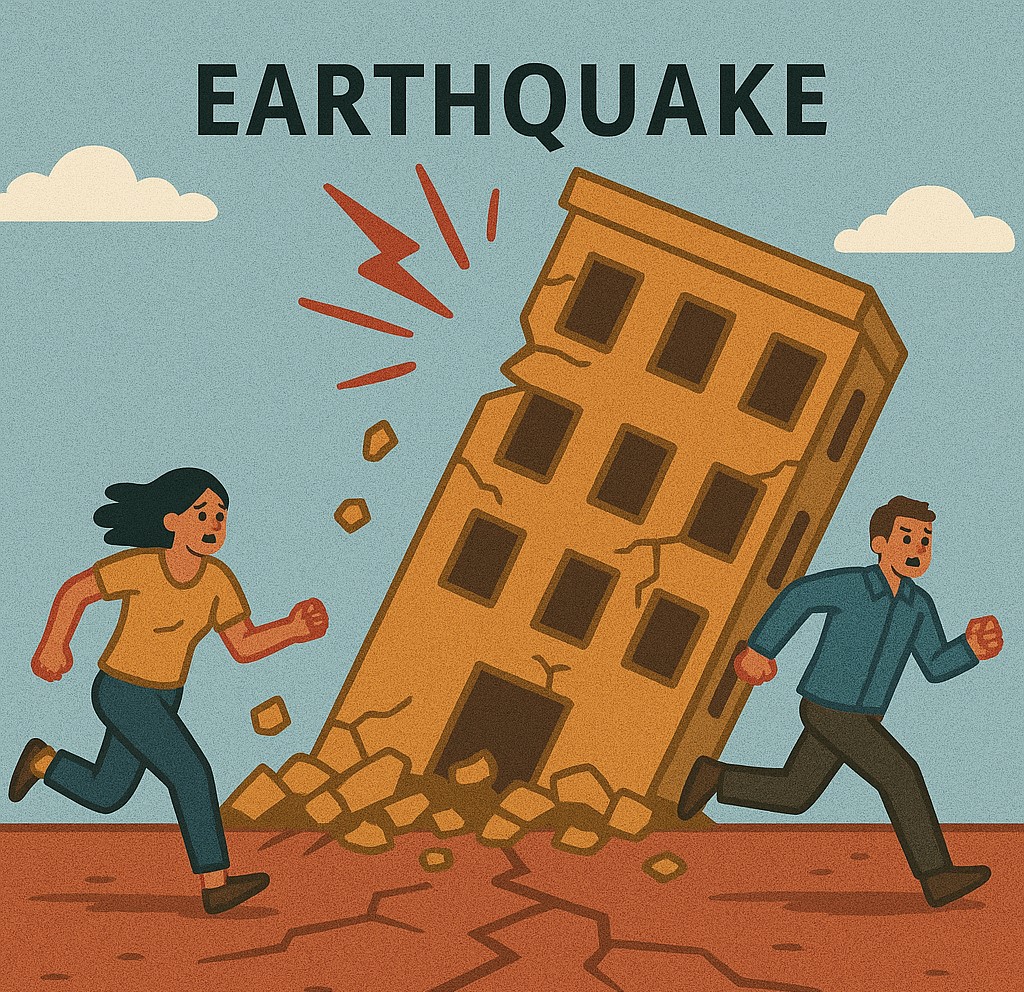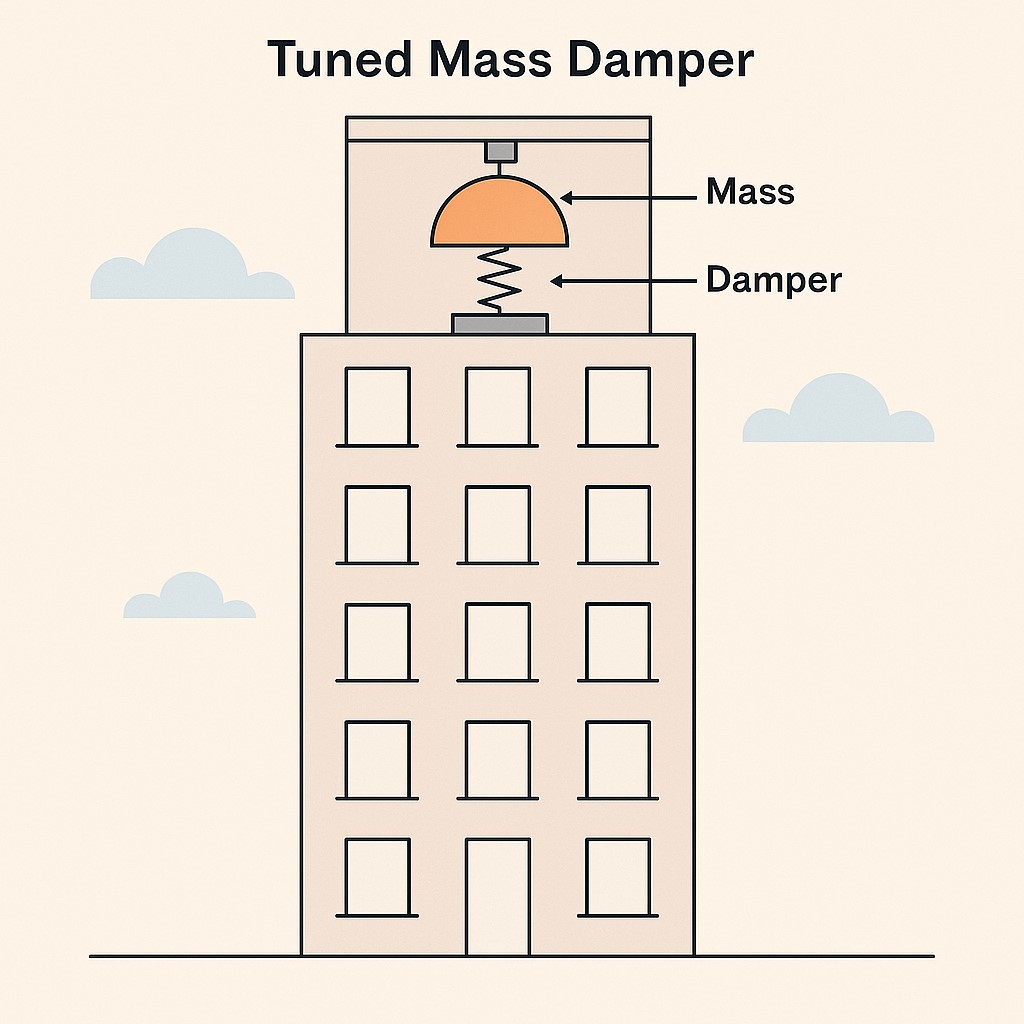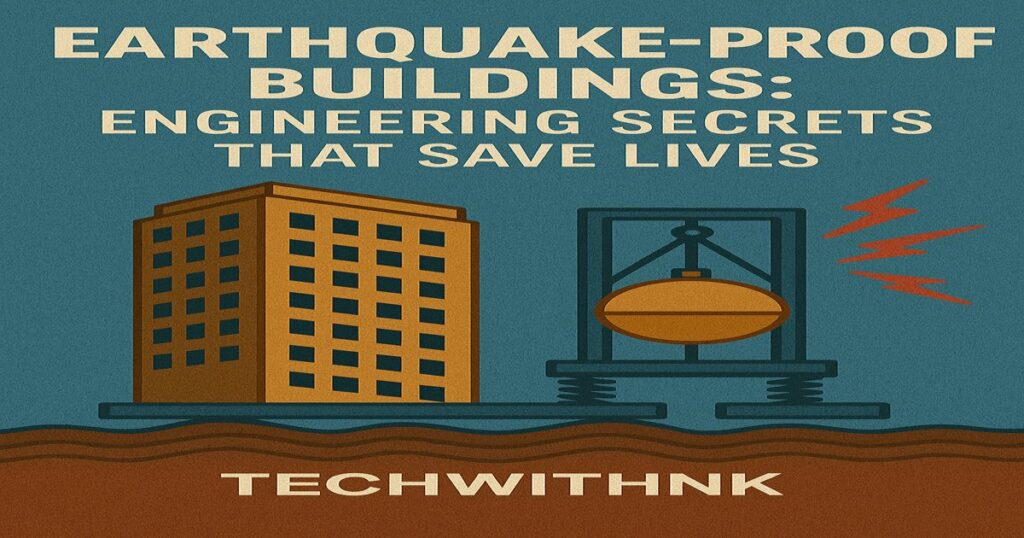Table of Contents
ToggleHow Engineers Build Earthquake Resistant Buildings (Explained Simply)
Earthquakes are among nature’s most powerful and devastating forces, capable of reducing entire cities to rubble in mere minutes. Yet human ingenuity, particularly engineering brilliance, consistently seeks ways to counteract these devastating effects. So how exactly do engineers build structures that can withstand the violent shaking of earthquakes? Let’s explore this fascinating and critical process step by step.

Understanding Earthquakes: What Happens Beneath Our Feet?
To grasp earthquake resistant engineering, first, let’s simplify how earthquakes happen. Earthquakes occur due to the sudden movement of massive tectonic plates—enormous slabs of rock that form Earth’s crust. When these plates shift, they release massive energy waves called seismic waves. These waves travel through the earth, shaking everything above them, including buildings.

Key Principles for Designing Earthquake Resistant Buildings
Building safe structures relies on a few fundamental principles for Earthquake Resistant Buildings
1. Flexibility
Think of buildings like trees in a storm—able to sway without snapping. Flexible buildings move slightly during earthquakes, significantly reducing the chances of structural failure.
2. Strength and Ductility
Strength is crucial, but it’s equally important that materials are ductile, meaning they can bend and stretch under stress without breaking. This flexibility allows buildings to absorb seismic shocks without catastrophic failure.
3. Base Isolation
Imagine placing a building on giant shock absorbers. Base isolation techniques involve placing isolating bearings beneath a building’s foundation. These bearings significantly lessen the seismic force that reaches the building, minimizing damage.
4. Energy Dissipation
Energy dissipation methods help absorb and disperse seismic energy, often converting it into heat or friction to protect the main structure from significant damage.

Groundbreaking Techniques for Resilient Structures
Engineers utilize several innovative technologies to build Earthquake Resistant Buildings
1.Steel Bracing
Steel braces function like the human skeleton, offering stability. Strategically placed braces spread the seismic stress evenly, ensuring the building can handle strong quakes without collapsing.
2.Dampers
- Viscous Dampers: Use thick fluids or gels to slow building movement during seismic events.
- Friction Dampers: Convert seismic energy into heat through friction.
3.Tuned Mass Dampers (TMD)
Tuned Mass Dampers are one of the most remarkable innovations in structural engineering. These systems are essentially massive pendulums or masses installed within a building, typically near the top floors. The core purpose of a TMD is to counteract building motion caused by seismic or wind activity.
When an earthquake shakes a building, the structure tends to sway. A TMD, being tuned to the building’s natural frequency, moves in the opposite direction of this sway. This counter-motion significantly reduces the amplitude of vibrations, stabilizing the building and improving comfort and safety for its occupants.
The mechanism consists of a heavy mass mounted on springs or hydraulic systems, often paired with dampers to absorb excess energy. As the building oscillates, the TMD swings, absorbing and dissipating kinetic energy that would otherwise stress the building’s structure.
One of the most famous examples is the 660-ton TMD in Taipei 101, which swings up to 1.5 meters in any direction during major earthquakes or typhoons. Without it, the skyscraper could suffer serious structural fatigue.
TMDs are particularly beneficial in tall structures and high-rise buildings, where wind and seismic movements can be severe. Their use is a clear demonstration of how engineering can harness physics to protect lives and infrastructure.

Material Choices for Earthquake Resistant Structures
Choosing the right materials makes a significant difference:for Earthquake Resistant Buildings
1.Reinforced Concrete
Concrete strengthened with steel bars (rebar) offers remarkable flexibility and strength, ideal for absorbing seismic forces.
2.Structural Steel
Steel is highly ductile and capable of stretching without breaking, making steel frames particularly resilient in earthquake zones.
3.Wooden Structures
Wood surprisingly provides excellent earthquake resilience, especially in smaller structures, due to its natural flexibility and lightweight properties.
Role of Strict Building Codes
Comprehensive earthquake building codes outline rigorous design standards and construction practices, crucial for regions prone to seismic activities. Adhering strictly to these guidelines ensures buildings withstand intense seismic events, protecting lives and property.
Testing and Simulation: Preparing for Reality
Before actual construction, engineers conduct simulations using specialized software and scale models on shaking tables to predict real-world earthquake performance accurately. These rigorous tests enable continual improvement and safer building designs.

India’s Deadly Earthquakes
India has witnessed severe earthquakes, underscoring the importance of resilient construction:
Gujarat Earthquake (2001): On the morning of January 26, 2001, the state of Gujarat in western India was struck by one of the deadliest earthquakes in the country’s history. Measuring 7.7 on the Richter scale, the epicenter was near Bhuj in the Kutch district. The quake resulted in catastrophic damage—over 20,000 people lost their lives, nearly 170,000 were injured, and hundreds of thousands of homes and structures were destroyed or severely damaged. Entire towns like Bhuj, Anjar, and Bhachau were flattened. The earthquake also triggered widespread economic and infrastructural disruption. In the aftermath, it became a wake-up call for India, leading to more robust disaster response planning and stricter implementation of seismic building codes across the nation. It serves as a stark reminder of the need for earthquake-resilient infrastructure, particularly in regions with high seismic risk. Occurred on January 26, causing around 20,000 deaths and extensive structural damage. This tragic event highlighted the urgency of stringent building practices.
Delhi Earthquake (1720): Although details are sparse, historical records indicate substantial damage in Delhi, increasing awareness about earthquake risks in densely populated urban areas.
Official Website of National Center of Seismology
Real-Life Examples: Inspiring Successes
Taipei 101, Taiwan
Taipei 101 boasts an enormous tuned mass damper weighing 660 metric tons. This engineering marvel effectively counteracts seismic movements, ensuring stability.
Japan’s Base-Isolated Buildings
Japan frequently faces powerful earthquakes. Advanced base isolation technology in many Japanese buildings significantly reduces seismic damage, showcasing the effectiveness of modern engineering practices.
Future Innovations: Engineering of Tomorrow
Emerging technologies promise even greater resilience:
- Smart Materials: Materials that repair themselves after damage.
- Advanced Sensors: Real-time monitoring systems that enhance structural safety during earthquakes.
Conclusion: Building Safer Futures
Constructing earthquake resistant buildings combines deep scientific understanding with cutting-edge technology and strict adherence to building codes. Innovations like base isolation, damping systems, and flexible materials ensure structures remain standing even under severe seismic conditions, ultimately saving lives and protecting communities.
The dedication and ingenuity of engineers worldwide continue to make our buildings safer, resilient, and ready to face nature’s toughest tests.
1: What is an earthquake-resistant buildings?
An earthquake-resistant building is designed to absorb and withstand the seismic forces during an earthquake, minimizing damage and preventing collapse.
2: How do engineers make buildings earthquake-resistant?
Engineers use techniques such as base isolation, flexible design, reinforced materials, damping systems, and tuned mass dampers to reduce the effects of seismic waves.
3: What is a Tuned Mass Damper (TMD)?
A TMD is a heavy pendulum-like device installed at the top of a building to counteract sway during earthquakes or wind loads, significantly reducing movement.














